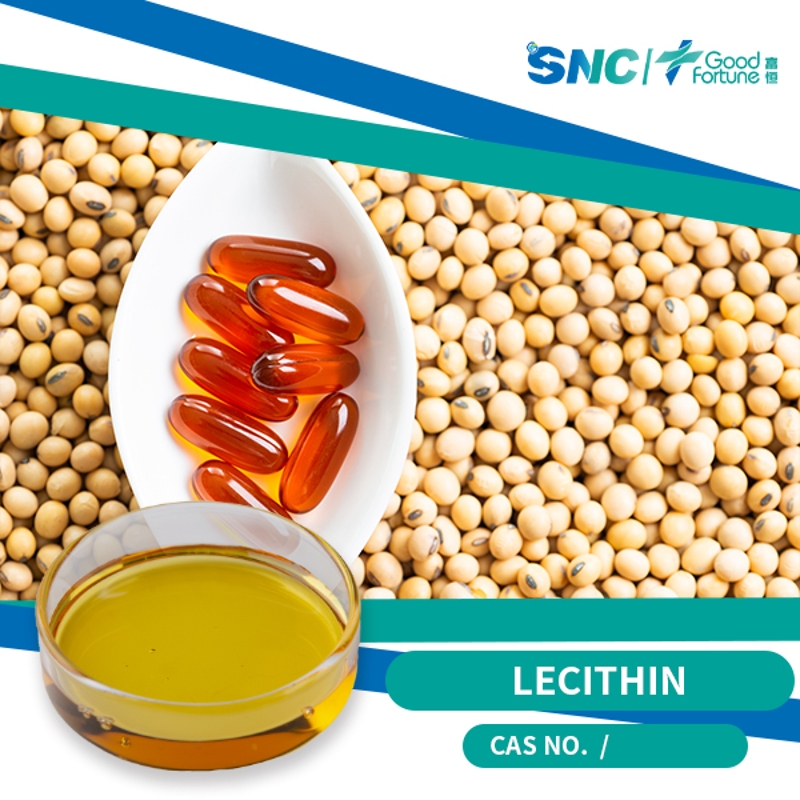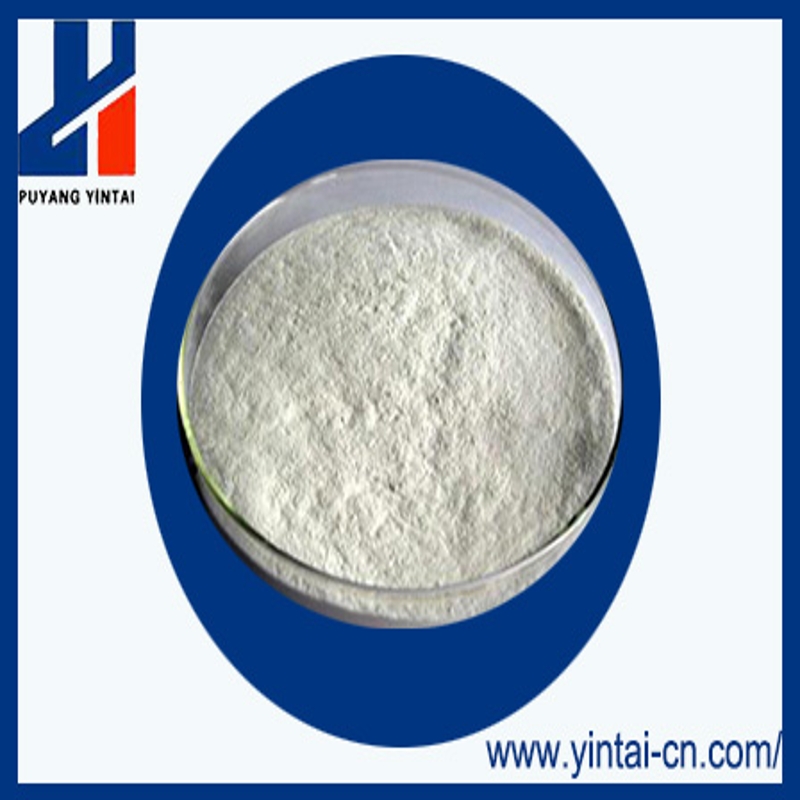-
Categories
-
Pharmaceutical Intermediates
-
Active Pharmaceutical Ingredients
-
Food Additives
- Industrial Coatings
- Agrochemicals
- Dyes and Pigments
- Surfactant
- Flavors and Fragrances
- Chemical Reagents
- Catalyst and Auxiliary
- Natural Products
- Inorganic Chemistry
-
Organic Chemistry
-
Biochemical Engineering
- Analytical Chemistry
- Cosmetic Ingredient
-
Pharmaceutical Intermediates
Promotion
ECHEMI Mall
Wholesale
Weekly Price
Exhibition
News
-
Trade Service
The import volume of fresh and frozen herring was 12,273 tons, a year-on-year increase of 2.
3 times; the import volume of fresh and frozen tuna was 14,238 tons, a year-on-year increase of 2%; the import volume of fresh and frozen trout was 14,645 tons, a year-on-year increase of 9%
.
The import volume of fresh and frozen shrimp was 12,429 tons, a year-on-year decrease of 20%; the import volume of frozen herring was 7,470 tons, a year-on-year increase of 30 times
.
3 times; the import volume of fresh and frozen tuna was 14,238 tons, a year-on-year increase of 2%; the import volume of fresh and frozen trout was 14,645 tons, a year-on-year increase of 9%
.
The import volume of fresh and frozen shrimp was 12,429 tons, a year-on-year decrease of 20%; the import volume of frozen herring was 7,470 tons, a year-on-year increase of 30 times
.
Frozen (head, tail, scales, fins, guts removed) whole barefish (salmon and trout) imports increased by 18% year-on-year to 7,435 tons; fresh and chilled (heads, tails, scales, fins, guts removed) ) Imports of whole fish (salmon and trout) increased by 12% year-on-year to 1,632 tons
.
The import volume of Chilean coho salmon was 5009 tons, an increase of 29%, and the average import price was 635 yen per kilogram, an increase of 35 yen month-on-month
.
Imports of fresh and chilled Norwegian Atlantic salmon amounted to 1,176 tons, an increase of 25% year-on-year, and imports of frozen slices amounted to 3,658 tons, a decrease of 12%
.
.
The import volume of Chilean coho salmon was 5009 tons, an increase of 29%, and the average import price was 635 yen per kilogram, an increase of 35 yen month-on-month
.
Imports of fresh and chilled Norwegian Atlantic salmon amounted to 1,176 tons, an increase of 25% year-on-year, and imports of frozen slices amounted to 3,658 tons, a decrease of 12%
.
Among fresh and frozen tuna, the import volume of frozen southern bluefin tuna was 716 tons, an increase of 3.
6 times, and the import volume of frozen bonito was 3,089 tons, an increase of 94%
.
Bonito comes mainly from Indonesia, and the import volume is 1,710 tons, an increase of 20%
.
The import volume of frozen bigeye tuna was 4496 tons, a decrease of 18%, and the import volume of frozen yellowfin tuna was 4296 tons, a decrease of 1%
.
6 times, and the import volume of frozen bonito was 3,089 tons, an increase of 94%
.
Bonito comes mainly from Indonesia, and the import volume is 1,710 tons, an increase of 20%
.
The import volume of frozen bigeye tuna was 4496 tons, a decrease of 18%, and the import volume of frozen yellowfin tuna was 4296 tons, a decrease of 1%
.
Among fresh and frozen shrimp, warm-water shrimp imports were 11,457 tons, a decrease of 21%, and processed shrimp imports were 5,900 tons, an increase of 18%
.
The import volume of cold water shrimp was 757 tons, a decrease of 8%
.
India's warm water shrimp imports amounted to 3,095 tons, a 54% decrease
.
Vietnam's warm water shrimp imports amounted to 2732 tons, a decrease of 5%
.
Indonesia's warm water shrimp imports amounted to 1,757 tons, a drop of 14%
.
.
The import volume of cold water shrimp was 757 tons, a decrease of 8%
.
India's warm water shrimp imports amounted to 3,095 tons, a 54% decrease
.
Vietnam's warm water shrimp imports amounted to 2732 tons, a decrease of 5%
.
Indonesia's warm water shrimp imports amounted to 1,757 tons, a drop of 14%
.
Japan imported 6,395 tons of squid, a drop of 3%
.
China's squid imports were 3352 tons, a drop of 16%; Chile's squid imports were 944 tons, a drop of 17%; Argentina's squid imports were 727 tons, a drop of 16%; and Peru's squid imports were 1,183 tons, an increase of 3.
3 times
.
.
China's squid imports were 3352 tons, a drop of 16%; Chile's squid imports were 944 tons, a drop of 17%; Argentina's squid imports were 727 tons, a drop of 16%; and Peru's squid imports were 1,183 tons, an increase of 3.
3 times
.
The import volume of frozen surimi was 11,890 tons, an increase of 4%.
Among them, the import volume of Alaska pollock surimi was 4,179 tons, an increase of 27%
.
The import volume of golden thread was 1014 tons, an increase of 28%
.
The United States supplied 3,983 tons, basically the same as last year, and India supplied 2,183 tons, a decrease of 17%
.
Among them, the import volume of Alaska pollock surimi was 4,179 tons, an increase of 27%
.
The import volume of golden thread was 1014 tons, an increase of 28%
.
The United States supplied 3,983 tons, basically the same as last year, and India supplied 2,183 tons, a decrease of 17%
.
Trade statistics from the Ministry of Finance of Japan show that in July, Japan’s seafood exports amounted to 63,362 tons, an increase of 14% year-on-year, including raw materials, processed products and fish meal
.
The export value was 22.
873 billion yen, an increase of 32%
.
.
The export value was 22.
873 billion yen, an increase of 32%
.
The export volume of frozen scallops to China was 1057 tons, an increase of 2.
7 times, and the export value was 3.
684 billion yen, a year-on-year increase of 4.
8 times
.
The export volume of frozen mackerel was 17,350 tons, an increase of 2%, and the export value was 2.
148 billion yen, an increase of 13% year-on-year.
Among them, the export volume to Egypt was 2,658 tons, an increase of 58%, and the export value was 327 million yen, an increase of 70%
.
7 times, and the export value was 3.
684 billion yen, a year-on-year increase of 4.
8 times
.
The export volume of frozen mackerel was 17,350 tons, an increase of 2%, and the export value was 2.
148 billion yen, an increase of 13% year-on-year.
Among them, the export volume to Egypt was 2,658 tons, an increase of 58%, and the export value was 327 million yen, an increase of 70%
.
The export volume of frozen yellowtail slices was 770 tons, an increase of 71%, and the export value was 1.
227 billion yen, an increase of 53%
.
The export volume to the United States was 666 tons, an increase of 76%, and the export value was 1.
058 billion yen, an increase of 57%
.
The export volume of fresh sliced fish was 78 tons, an increase of 32%, and the export value was 141 million yen, an increase of 34%
.
227 billion yen, an increase of 53%
.
The export volume to the United States was 666 tons, an increase of 76%, and the export value was 1.
058 billion yen, an increase of 57%
.
The export volume of fresh sliced fish was 78 tons, an increase of 32%, and the export value was 141 million yen, an increase of 34%
.
The export volume of frozen bonito raw materials for canning processing to Thailand was 3,600 tons, and the export value was 499 million yen, an increase of 4.
3 times
.
The export volume of frozen albacore tuna to Thailand was 698 tons, a decrease of 87%, and the export value was 249 million yen, a decrease of 81%
.
3 times
.
The export volume of frozen albacore tuna to Thailand was 698 tons, a decrease of 87%, and the export value was 249 million yen, a decrease of 81%
.
The export volume of frozen pollock was 1,255 tons, an increase of 72%, and the export value was 117 million yen, an increase of 83%
.
The export volume of frozen salmon was 388 tons, a decrease of 6%, and the export value was 139 million yen, a decrease of 15%
.
.
The export volume of frozen salmon was 388 tons, a decrease of 6%, and the export value was 139 million yen, a decrease of 15%
.







